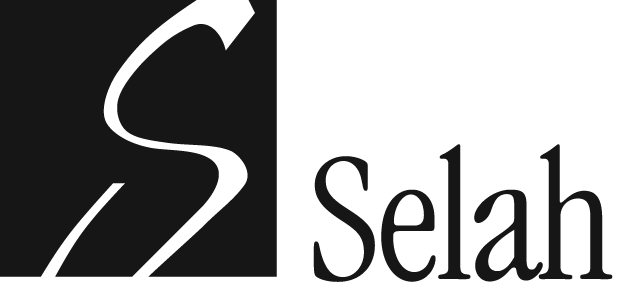|
Introduction & Variations on ENGELBERG-Moonyeen Albrecht
organ
Composer Moonyeen Albrecht
Price $16 (U.S.) Released 6/04
Difficulty Moderately difficult
Catalog no. 160-820
Order now! 

Description
Albrecht's "Introduction & Variations on Engelberg" is a very striking addition to recital and service playing repertoire. Its eight variations and introduction present this popular tune in many diverse settings, making it new and different in each variation by changes in meter, rhythm, harmony, tonality, timbre, and aesthetic mood.
ENGELBERG was written by the noted English composer Charles Villiers Stanford in 4/4 meter in Major mode, consisting of three phrases and a short "Alleluia."
Introduction
This Fanfare is based on the first four notes of the tune. The harmonies at the end of the Introduction lead into Variation I.
Variation I - 2nds and 4ths
4/4 meter in G Major with the tune in the pedal. The accompaniment consists of perfect 4ths in the right hand and major and minor 2nds in the left hand in a toccata style.
Variation II - Mirror, Mirror
6/8 meter in G Major. The pedal has an ostinato pattern while the two voices in the manuals contain the tune in its regular and melodically inverted forms. The mood is pastoral in nature with an extension of the inverted "Alleluia" motive.
Variation II - Pentatonic/Chromatic
4/4 meter in Db Major. Pedal sustains an Ab which resolves to Db on the final note of the tune. The five black keys of the pentatonic scare are sustained throughout the entire movement with a key weight. The tune is in the left hand in the treble register on a second manual with sliding chromatic motion in the right hand on a third manual.
Variation IV - 5ths and 7ths
4/4 meter in Trio Sonata style. The tune is in G Major in treble register in augmentation. Left hand begins and ends in C Major with the characteristic motive being a 16th note lower neighbor figure followed by descending and ascending perfect 5ths. The pedal is in eighth notes on the beat, often creating a harmonic 7th with the left hand accompaniment.
Variation V - Modale
3/4 meter in Mixolydian mode. This is a reflective movement in a homophonic texture with the tune being played through twice. The second statement is an octave higher than the first with a fuller texture employing some chromatic motion. At the conclusion of both statemetns the pedal is in simultaneous melodic inversion with the tune.
Variation VI - 3rds and 6ths
9/8 meter in G Major. Tune is played on an 8' stop in the pedal while manuals are in running eighth notes in harmonic intervals of 3rds and 6ths.
Variation VII - Con Pedale
Improvisatory style pedal solo based on motives from the tune. The flourishes of the final "Alleluia" lead into an extension of the "Alleluia" motive in the manuals and build to the final variation.
Variation VIII - Organo Pleno
4/4 meter in G Major. Full organ with the tune played on a strong reed in the pedal.
|




